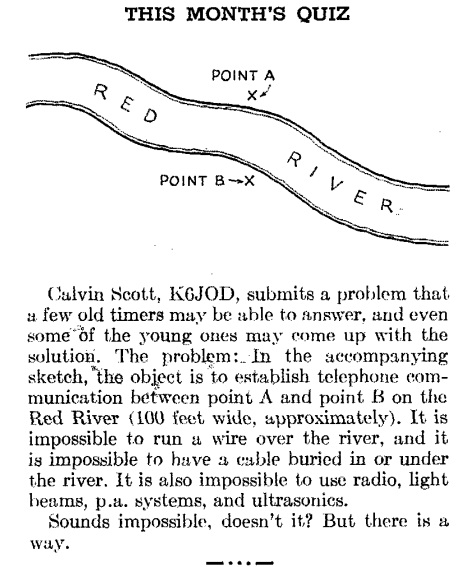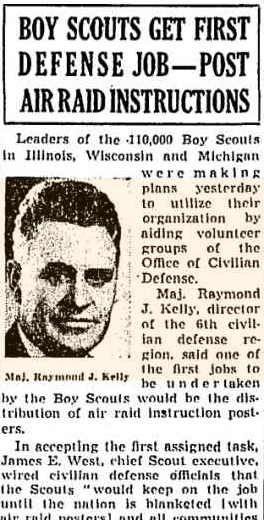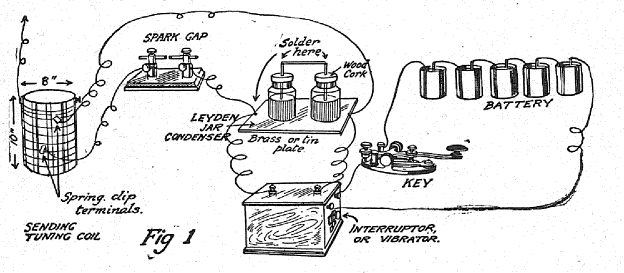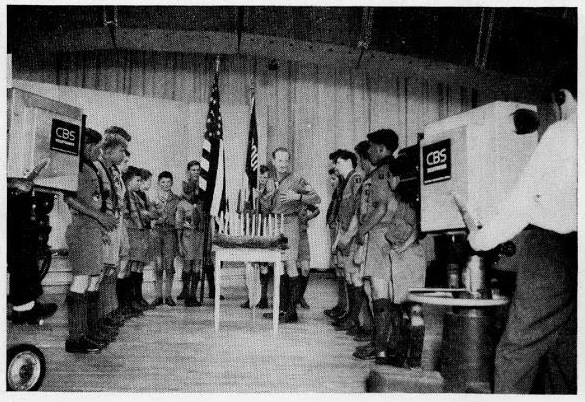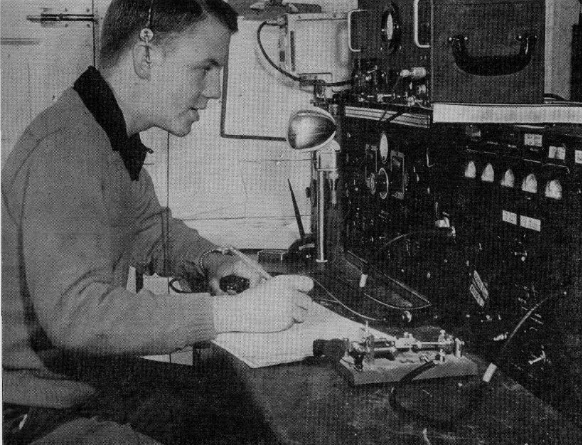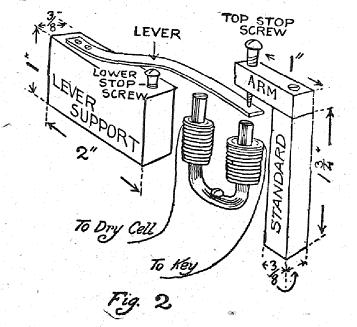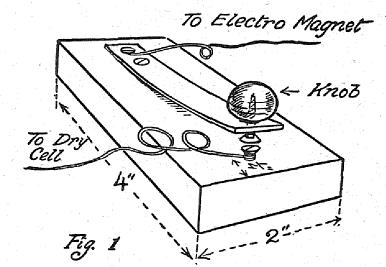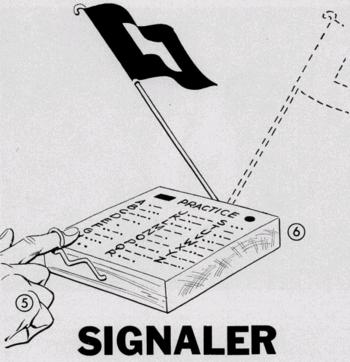
I was recently in Iowa to present some Continuing Legal Education programs in Cedar Rapids and Des Moines. Whenever possible, I like to combine trips, and I used this opportunity to take part in two other events.
Cedar Rapids is close to the birthplace of Herbert Hoover in West Branch, Iowa. It is the location of the Herbert Hoover National Historic Site, as well as the Hoover Presidential Library and Museum. I’ve been looking forward to putting this National Park Service (NPS) unit on the air during the NPS Centenial year as part of the ARRL National Parks On The Air (NPOTA) event. During this event, Amateur Radio operators are setting up their equipment in NPS units to make contact with other Amateurs around the world. Since the beginning of the year, the event has been extremely popular. There have been over 900,000 individual two-way contacts made from the parks, and it appears almost certain that this number will top a million before the end of the year. As I’ve reported in other posts, I’ve made contact with over 300 different parks and operated multiple times from parks in Minnesota, Wisconsin, and Iowa.
I was especially eager to operate from President Hoover’s birthplace, since he played such an important role in the history of radio. Indeed, his son was an avid amateur radio operator, and served in the 1960’s as president of the American Radio Relay League, the national organization sponsoring the event.
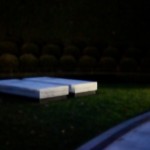 I didn’t have time for a long operation, but I was able to spend about an hour operating from the parking lot of the historic site’s visitor center, as shown in the photo above. President Hoover’s birthplace home is barely visible in the photo (just to the left of the larger building in front of the car. Despite the short time available, I managed to make contact with about 30 stations, all CW (Morse Code), ranging from Alaska to Florida. After operating, at dusk, I paid my respects at the gravesite of President and Mrs. Hoover, shown here.
I didn’t have time for a long operation, but I was able to spend about an hour operating from the parking lot of the historic site’s visitor center, as shown in the photo above. President Hoover’s birthplace home is barely visible in the photo (just to the left of the larger building in front of the car. Despite the short time available, I managed to make contact with about 30 stations, all CW (Morse Code), ranging from Alaska to Florida. After operating, at dusk, I paid my respects at the gravesite of President and Mrs. Hoover, shown here.
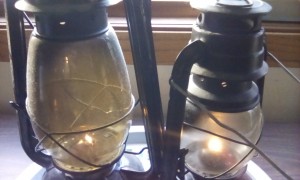 The next day, I used my drive home to the Twin Cities to transport the Peace Light of Bethlehem from Des Moines to the Twin Cities.
The next day, I used my drive home to the Twin Cities to transport the Peace Light of Bethlehem from Des Moines to the Twin Cities.
For at least the past several hundred years, and possibly more than a thousand, a lamp has continuously burned at the grotto of the Church of the Nativity in Bethlehem, the traditionally accepted location of Christ’s birth. Since 1989, the Boy Scouts and Girl Guides of Austria have annually sent a child to Bethlehem, who lights a lamp from the light and returns it to Austria. From there, it is passed on around Europe during the Advent season. Since 2000, the Peace Light has been delivered to North America where volunteers, most of whom are connected with Scouting, deliver it around the country.
This year, there was a gap in the distribution, and it wasn’t making it to the northern tier of states. I coordinated with members of the Peace Light North America Facebook group, and made arrangements to meet with an Iowa Scouter in the parking lot of a Des Moines coffee shop. From his kerosene lantern, we lit my lanterns, shown here, and I took the burning lanterns home.
From there, others have come to light their candles and lanterns, and the same ancient flame is burning in lamps in Minnesota and Wisconsin. Another volunteer from North Dakota is on the way here, and within a few days, the Peace Light will be burning in North Dakota, Manitoba, Montana, Washington, and probably other places along the way.
Many are curious as to how the Peace Light crosses the Atlantic. It is transported by Austrian Airlines in the passenger cabin of an aircraft. The ailine transports the flame from Israel to Austria, and then to New York and Toronto. The flame is held within a blastproof miner’s lamp, which allows the open flame to be transported safely by air. At Kennedy Airport, it’s walked through customs by an airline employee to the airport chapel, where a ceremony is held attended by those who fan out around the country to transport it. Among those were one or more volunteers who transported it to Chicago. From there, it went to Davenport, Iowa, where it was picked up by the person who gave it to me.
B
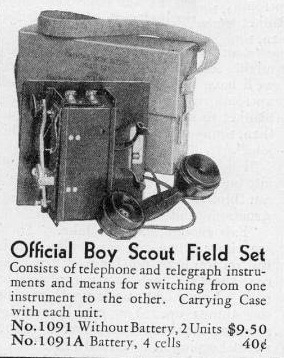 Eighty years ago this month, the January 1937 issue of Boys’ Life carried this ad for the official BSA field set, a field telephone and telegraph. For $9.50, a scout could acquire two such units. The possibilities for use during hiking and camping, or between two friends’ houses, seem limitless.
Eighty years ago this month, the January 1937 issue of Boys’ Life carried this ad for the official BSA field set, a field telephone and telegraph. For $9.50, a scout could acquire two such units. The possibilities for use during hiking and camping, or between two friends’ houses, seem limitless.
